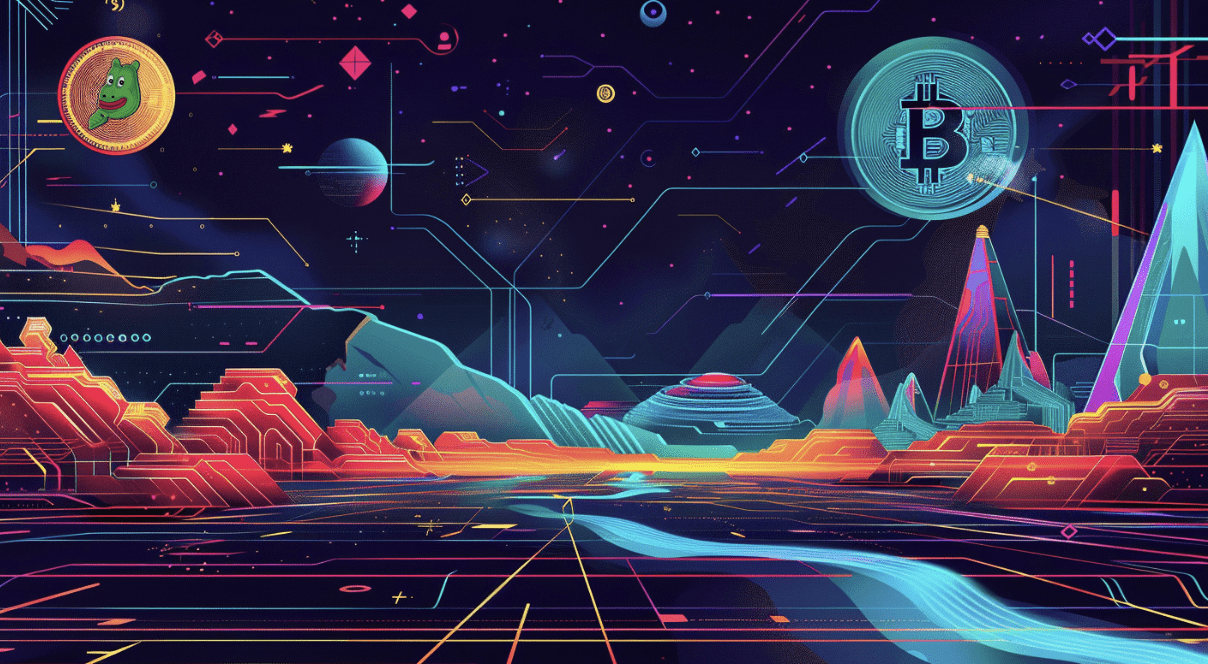Table of Contents
Web3, the latest iteration of the internet, is gradually changing how we interact with the digital world. From finance, art, to social media, Web3 infrastructures are laying a foundation for an internet age where users have more immersive experiences and can directly contribute to the governance of decentralized ecosystems.
One interesting area in this niche is the metaverse. First coined in Neal Stephenson’s 1992 novel "Snow Crash,” this concept is now a reality with several metaverse worlds, such as Decentraland, The Sandbox, and AR-powered Web3 social media platforms like Peer, emerging to disrupt the digital interaction landscape.
Fair Share of Critics
Despite its potential in revolutionizing the digital realm, the metaverse has several critics, including some of the hardcore gaming enthusiasts who previously criticized Mark Zuckerberg’s Horizon World, noting that the graphics are far from what is currently integrated in popular Web2 games such as Call of Duty and Fortnite.
Even Elon Musk has termed the metaverse as buzzy-word, questioning whether it is viable to have headsets on all time to live in an alternate universe.
On the other hand, it is interesting to observe that 38% of Gen Z are in agreement that “"the metaverse is the next big thing and will become part of our lives in the next decade." To add to it, Web3 metaverse projects are still getting a lot of attention even with crypto market being currently in a prolonged winter.
The big question, however, remains whether the metaverse actually offers some futuristic value? Both the critics and the believers have valid arguments, but from the latest developments, it is slowly becoming apparent that we might soon be able to immersively live and interact within the virtual realm.
This will likely be possible by combining several of the latest technologies, including Web3, Virtual Reality (VR) and Augmented Reality (AR).
Metaverse: The Future of Social Interactions
As mentioned in the introduction, Web3 and the metaverse, in particular, are setting the stage for what Peer’s founder and CEO Tony Tran refers to as the ambient Web. In this new realm, it will be possible to map data to the physical world while incorporating the properties of time.
“Everything in the physical world can be boiled down to Matter, Space, and Time. Web1 gave us the matter via data. Web2 gave us space via maps. Web3 gives us time via blockchain. If we combine it, then what we have is an ambient web where the data is mapped to the physical world with the properties of time.”
Peer's Web3 social media application is one of the projects that is already tapping into the power of AR and blockchain to make digital interactions more immersive. At its core, this application allows users to map time-stamped events and places onto the 'physical world,' functioning as a personalized metaverse that other users can visit, or the owner can revisit at a later date to relive the experience.
Besides social media, the metaverse is also leveling up the digital ownership experience through NFT collectibles and marketplaces. Today, this crypto sub-niche is one of the most active and well-funded sectors, with the latest DApp Radar report revealing that $297 million was allocated towards blockchain gaming projects in July 2023 alone.
But what's even more intriguing is how the metaverse is making it possible to own digital land parcels, build on them, and host events, just like what rapper Snoop Dogg is currently doing on Snoopverse, his digital land parcel in The Sandbox metaverse.
This trend is being embraced by several Hollywood celebrities who are looking to increase their fan engagement or give virtual tours of their world. A good example is Paris Hilton's Paris World metaverse hosted on Roblox. Ideally, fans can get a virtual tour of Hilton's Beverly Hills mansion, which would have been otherwise impossible for most people to experience physically.
“For me, the metaverse is somewhere that you can do everything you can do in real life in the digital world,” noted Hilton.
Conclusion
While the metaverse may still be in its early stages of innovation, it is important to remember that even the internet first debuted in the early 80s, but to date, there are still new innovations being discovered and adopted. Similarly, the metaverse will likely evolve through a couple of phases before innovators finally build mass-adoptable products, and at the same time, it will require educating today’s internet users on how profoundly the metaverse can impact social interactions.
Disclaimer: This article is provided for informational purposes only. It is not offered or intended to be used as legal, tax, investment, financial, or other advice.
Investment Disclaimer






